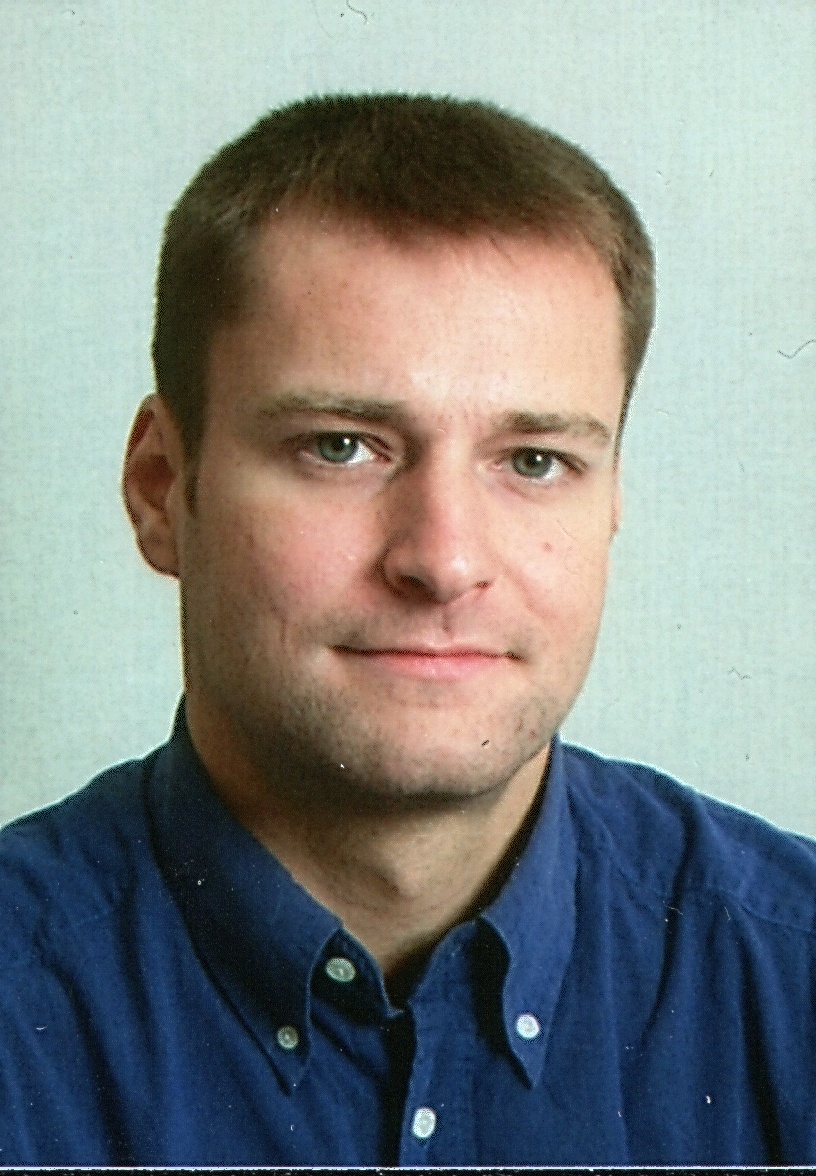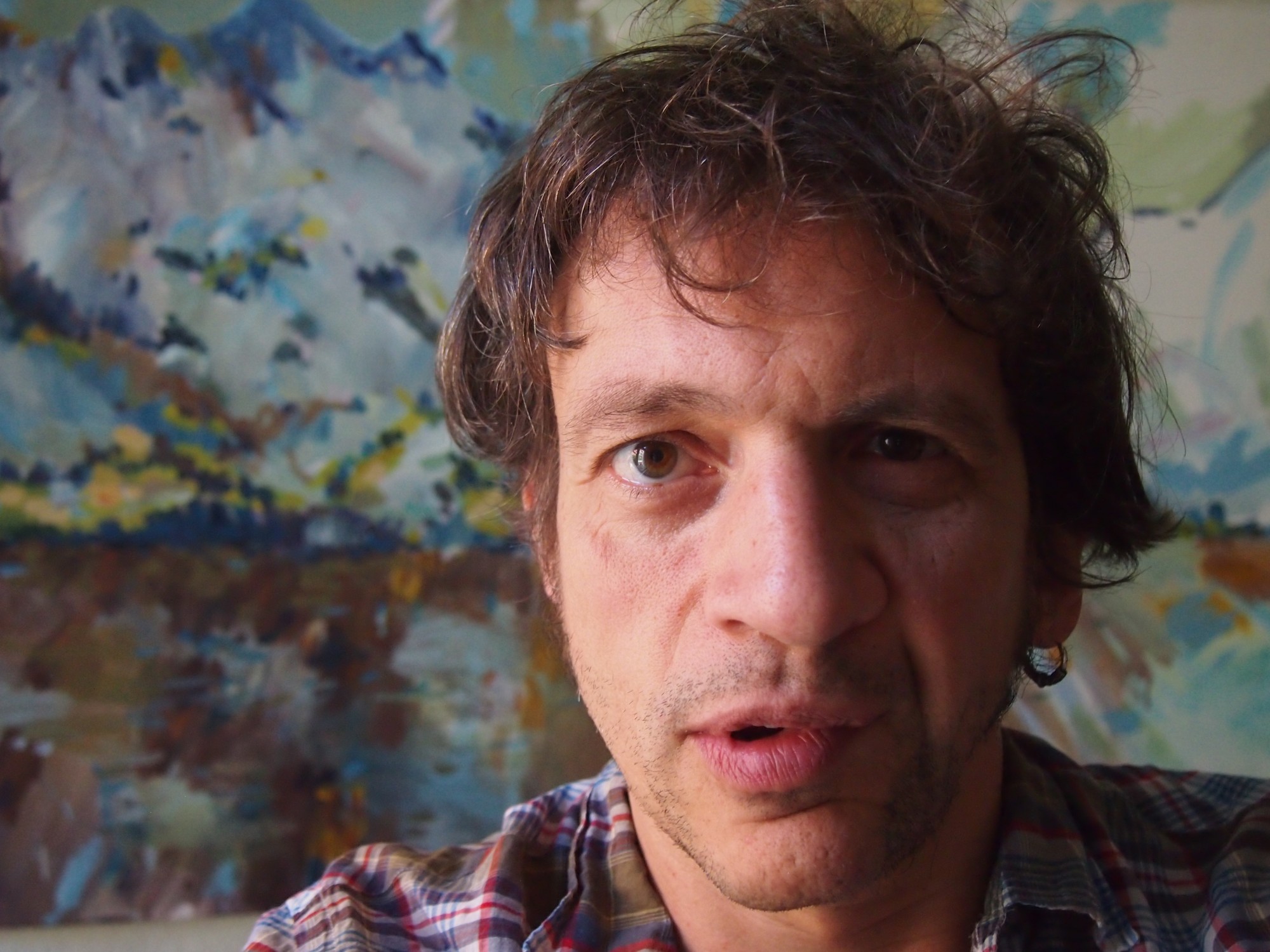

For now I just work on one painting at the time because looking at some unfinished work hanging around in the studio stresses me out.

I like to mix my paint before starting painting so I can just focus on the action right away. Usually I listen to aggressive music while doing so. But when it comes to painting I like to paint fast, I love the physical aspect of working the color into the surface. When doing my research I prefer a calm environment, in my studio would be too much distraction. The best feeling ever is when I manage to surprise myself, that would be never reachable when planning painting to death. I really don’t claim perfection in my work. Even though I work with a reference picture, the outcome can look very different. Photoshop is a powerful tool for trying out different compositions and color schemas, I like to sketch down my first ideas there and then move to painting on canvas. That may sound corny and sentimental but it is how I feel.Studio Based: Berlin Michael Fink, Pablo, 200 cm x 140 cm, oil on canvas, 2020Ĭan you tell us about the process of making your work?īased on the topic I am dealing with, I usually start to collect different kinds of visual material. “I don’t think there’s been a day when I haven’t found a little sun beam of joy because I think this is a blessed place. “I think I’ve always been happy at RISD,” Mike once supposed. He also has a deep appreciation for nature (particularly birds) and a penchant for using colorful language. He regularly captivates readers with his essays, anecdotes, reviews, and interviews in local, national, and international magazines. Mike’s art form is storytelling with his preferred medium being the newspaper column. The most notable of these collaborations is "Here We Live Again," a 1985 documentary funded by the Rhode Island Council for the Humanities and the Rhode Island Foundation about Holocaust survivors who came to work and build families in Rhode Island. In partnership with RISD’s Film / Animation / Video department and in particular with Professor Peter O'Neill, Mike produced and directed or participated in several films. In 2012, when the students who managed Carr Haus Café unearthed this piece of RISD history, they dedicated the café’s gallery space to him. The Queen Anne style house was built in 1885 and added to the National Register of Historic Places in 1973, thanks to Mike. At one point in the early 1970s, Mike saved Carr House from destruction by organizing a sit-in when the administration decided the historic property was too expensive to keep up to code. His contributions to RISD were by no means restricted to the classroom. The RISD Film Society turned into his "Hollywood History" class which eventually became "Film Investigations." These courses and others not listed here are evidence of Mike’s willingness to evolve alongside the school and its students, who he inherently understood and with whom he often remained lifelong friends (my parents and myself included). Why? Because they could draw and I could see and say.”Īs electives replaced general courses, he taught a class on minority voices which grew into "The Jewish Narrative" and he subsequently adopted/adapted "The Bible As Narrative Art" from a retiring colleague. About his early experiences at RISD, he remarked, “From the very beginning I learned from my students. This became known as "Drawing with Words" and he later published an eponymous book on the topic. Mike’s first task was to create a composition course, a required class, and his idea was to invite students to combine drawing with words describing details perceived and observed. Fortuitously, Mike’s uncle Herbert Fink (a leading American twentieth century artist) was teaching printmaking at RISD and introduced him to the then-president, John Frazier. In the summer of 1957, RISD was about to launch a liberal arts department meant to bring students together outside of their different studio majors. While he was born and raised in Providence, for him, “being at RISD is being at home.” Likely the longest serving faculty member in the history of the school, Mike came to teach at RISD in 1957 as a Brown graduate student with dual degrees from Yale and Harvard as well as a year at the Sorbonne.


 0 kommentar(er)
0 kommentar(er)
